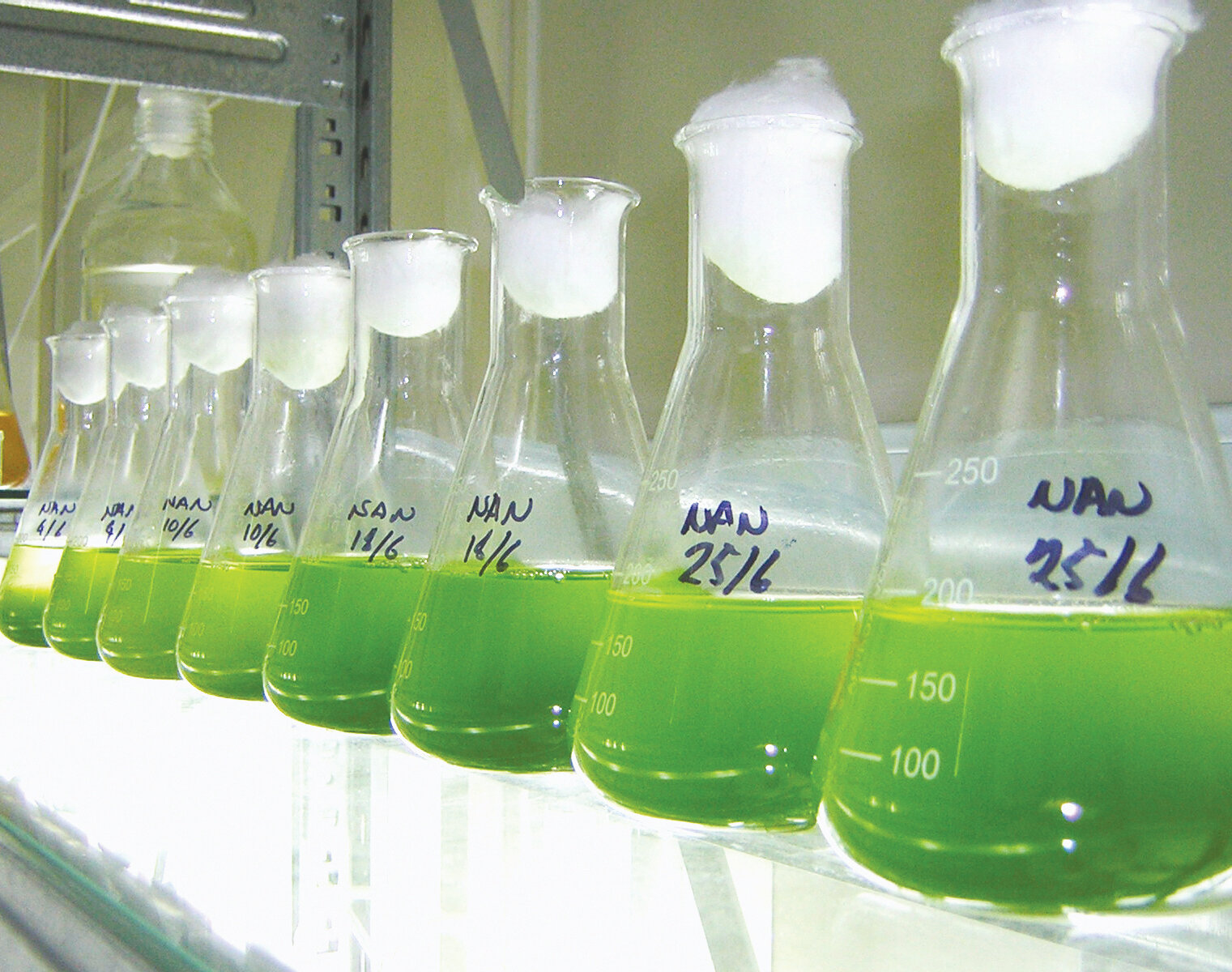Slam Dunk
The Norwegian government's goal for the future is ambitious: becoming a leading seafood nation with 5 million tonnes of sustainable aquaculture production by 2050. The salmon and rainbow trout biomass production of 2017 was 1.3 mill ton with a corresponding sludge volume of 2.1 mill ton, while by 2050 the sludge volume is predicted to reach 11 mill ton. To make aquaculture more sustainable and ready for stricter emission requirements, sludge handling solutions need to be increasingly adopted by the industry.
The recently granted project SLAM-DUNK aims to develop a sustainable value chain for the conversion of fish sludge into valuable products. As such, the project will not only work on solutions for the sludge problem, but actually turn the aquaculture sludge into value. Novel treatment technologies (anaerobic digestion, pyrolysis, and microalgae) will be developed or optimized, and integrated to turn the sludge into potential materials for use in several sectors, such as architecture, consumer goods, and textiles. The consortium will not only focus on technology development, but also study the sustainability of the developed value chain, looking at the environmental impacts, the energy use, the costs, and the logistics of how such value chain should be organised.
To do so, the SLAM-DUNK consortium consists of a varied team of scientists and industry partners that cover all aspects from fish to product: NORCE is the project leader and will work on anaerobic digestion and microalgae cultivation, as well as the sustainability analysis, with support from the University of Bergen and Wageningen University from the Netherlands. Feeder International and Marineholmen RASlab will provide sludge and knowledge about aquaculture and sludge collection. Prototech will develop the pyrolysis process. Finally, Bioregion Institute will work on material development for architecture, consumer goods and textiles from the produced biomass.
Categories
Micro algae
Material scenario
Timeline
2022-2024
Location
Vestland, Norway
Research team
Norce (Project lead)
Bergen University
Wageningen University
Feeder International
Marineholmen RASlab
Prototech
Bioregion Institute
Research Team
Blandine Zaba
Linda Figueiredo
Alexandre Bau


